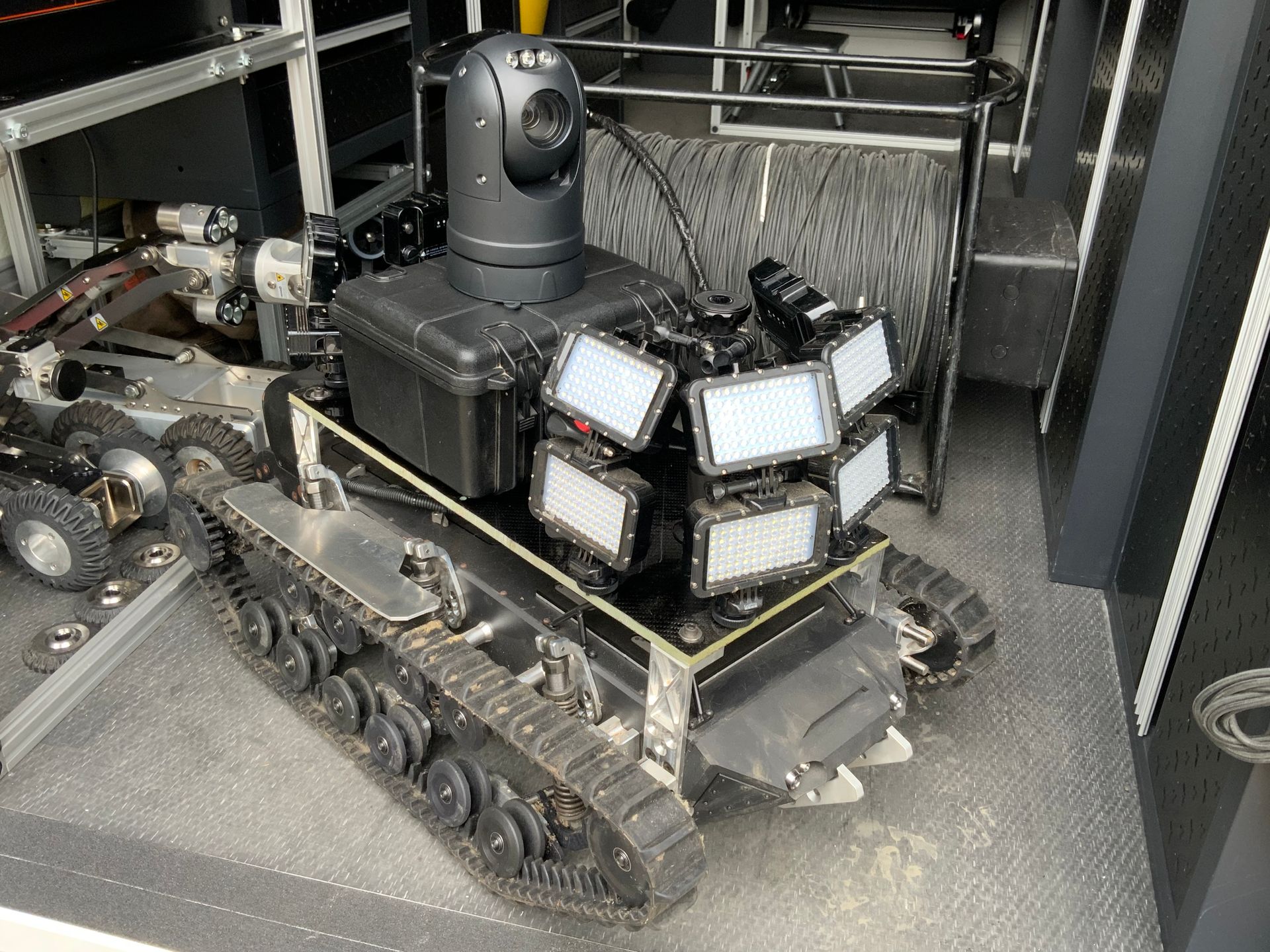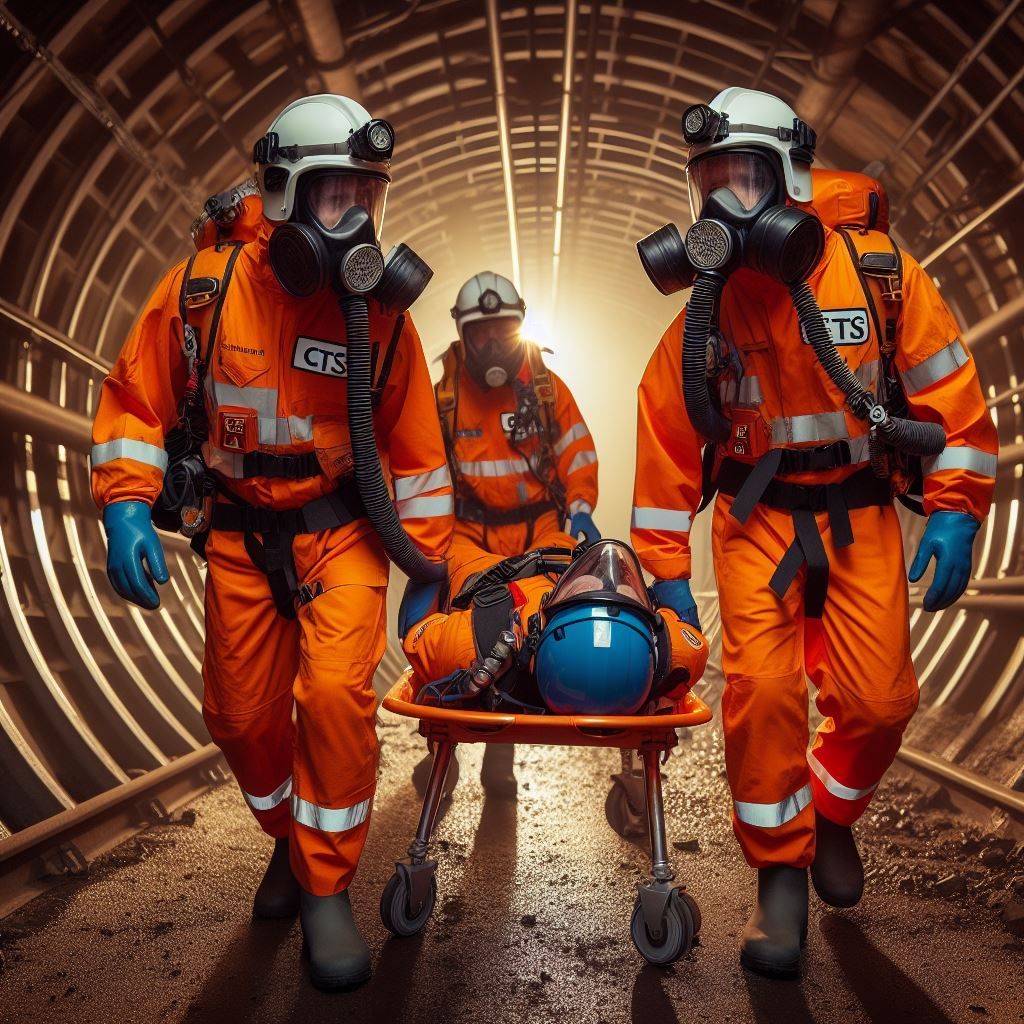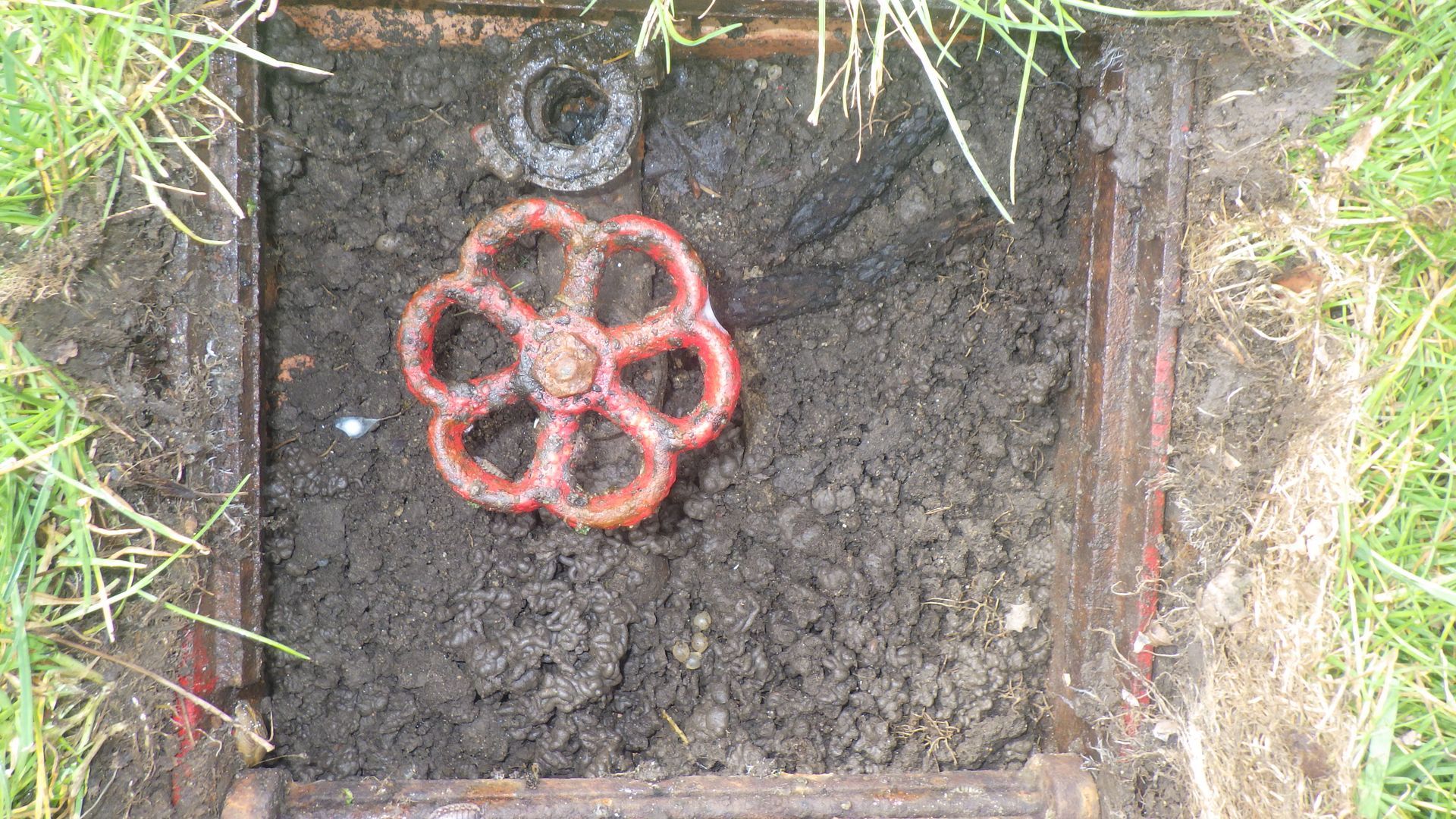ACTS (Alternative Crawler Tunnel System)
ACTS (Alternative Crawler Tunnel System)

CTS are always looking for other ways to surveys tunnels and realising the industry standard crawlers have their current limitations we spent days that turns into weeks researching alternative ideas.
This process sometimes develops into leads that are worth further investigation, although precious time is always on the agender.
Deciding once something of interest is discovered takes a lot of consideration, however our experience and carful thought and discussions normally turns up trumps and allows us to invest in new ideas, hardware and learning to put all this to the test.
The ATV we researched began with initial conversations with the manufacturers who helped us refine their product to best suite our needs and ideas, of course this soon became a can of worms but with many conversations, meetings, testing we where able to work out a way that seemed worth investing our time and money into a full-blown test.
The atv is more than capable of driving along a tunnel, just small enough to get down most manholes, and more than powerful enough to allow us to load it up with additional hardware.
This thing needed a name, so we have christened it ACTS (Alternative Crawler Tunnel System)
Now the hard work began, first we needed to test the distances we could reach using radio frequency, easy, but when you are considering over 1 kilometre finding an open space that is safe to test is harder than we thought, we decided to start shorter and soon found the limitation in open air conditions in an urban canyon was 430m, not bad to begin with. However not far enough, back to the drawing board and research, we soon found long distance RF was an option, designed for flight this posed additional difficulties in installing the receiver into ACTS, and configuring the program to make the vehicle move without failure, other issues we discovered was the full metal body of ACTS interfering with the signals, perseverance paid off and we soon moved things around. Upgraded the receiver and transmitter hardware, gave it some more power, upped the wattage to 2kw and we soon achieved over 1 kilo meter on ground in open environment, namely a runway.
Driver training was next, alright going forward but a lot harder in reverse, especially when out of sight and knowing we would lose sight in live testing in a tunnel it was imperative to get this right, worse case scenario was tipping everything over and damaging very expensive hardware. A slow approach was needed for this, and we soon got to grips with tuning the vehicle for the best speed and response within a tunnel.
Time to start adding survey parts, we took our knowledge and testing from a previous raft build and quickly adapted things to fit, that was solely lighting & cameras at this stage. We needed to get a laser scanner on board, again thinking of how we done this before helped and confidence grew that we could achieve this. Having the ability to send a vehicle a long way along a tunnel without having to use man entry in the right conditions for the vehicle is the first rule of Confined spaces, designing out the risk, When I say the right conditions, we must be careful, this cannot be sent into explosive areas, water will also have effects, silt again can cause havoc. However, there are tunnels where it can be used and with the correct approach, understanding and carful thoughtful planning a lot can be achieved. The ACTS is ok with some water and silt and as time goes by, we will learn what the limitations are.
Time for live testing, lets keep this short, it worked in a 2.5 meter diameter tunnel with 200mm of water in the invert and some silts banks along the way, the first test reached 400m, the way we done this was using a FPV headset linked to a camera on board which was only looking forward, so reversing out was cumbersome until some length had been covered and driving became smoother.
A big Sy of relief at this stage, but as always thinking of improvements and longer distances, next was 600m and that was round a huge bend, all this with Radio Frequency, how far could it go, we will discover that later, in testing we did have a track which was thrown off its wheels, not good and had to pull the ACTS out of the tunnel, in a way I’m glad that happened as we now know it could be retrieved from a long distance, their was very minimal damage to the hardware, and was soon fixed.
I forgot to mention ACTS was always tethered to a rope in the event of a breakdown, our Porto reel is more than strong enough to pull it back.
We discussed what went wrong, inspected the video footage, and looked at the hardware for visible signs of wear that caused this, after a final analysis we had concluded the tracks and wheels needed a redesign, this was already going on in the background, the atv went back into the supplier workshop and was immediately upgraded.
Right from the start of all this there was always an intention of ours not to use RF, we always thought this would be hazardous and trying to find research by others on this is almost non-existent. Our intention was to take RF and covert the signal and send it along a fibre optic cable, we already had a tried and tested 1200m fibre cable on a drum which we custom built and fitted a fibre optic slip ring too that we used to view the cameras on the raft system, another can of worms, always good coming up with the ideas but making it happen and hoping it will work can be wishful thinking, time and budget plays on you mind.
Research was always going on for this, and two companies were chosen to discuss this with, both offered their expertise, nothing was certain, a purchase on hardware was made, loads to consider,
6 weeks later they arrived, fitting commenced and then right onto testing, more to learn and initial testing was positive followed by huge disappointment, perseverance was back again and after configuring the transmitter and receiver we got it work, our initial aspirations had now been realised and the mind was full of what next. (We will come back to that later in another blog)
Back to the tunnel to test this, it worked just as expected but now we had eradicated the real possibility of losing the RF signal, 800 meters was quickly achieved a new record for us with tracked vehicle.
Overall, the R&D for all this has been a gratifying learning curve and we are all very proud of the team efforts to make all this happen. We have been refining the solution for more regular use by considering weight, pulling forces and how we can overcome having to use a rope and a fibre cable at the same time. Extremely difficult when launching from a 30-meter-deep shaft. Finding the right balance of fibre cable that is strong enough to pull the ACTS out of the tunnel and light enough to consider extending the system over 1200 meters is our main goal. Samples were sent for, and we have found the right cable with a pulling force over 1000n, next we need to get it fitted to a professionally made electronic cable drum and found a supplier to help us with this.
In time we will fine tune the hardware and system to push the boundaries of long-distance tunnel surveys for the future. We have also purchased a 4-wheel drive vehicle that we are currently testing, a 4K pan tilt, rotate, and Zoom camera with amazing night vision, and few other ideas.
We are very Proud of our Achievements in doing all this and will continue to Innovate.

© Copyright CTS Ltd. 2023

